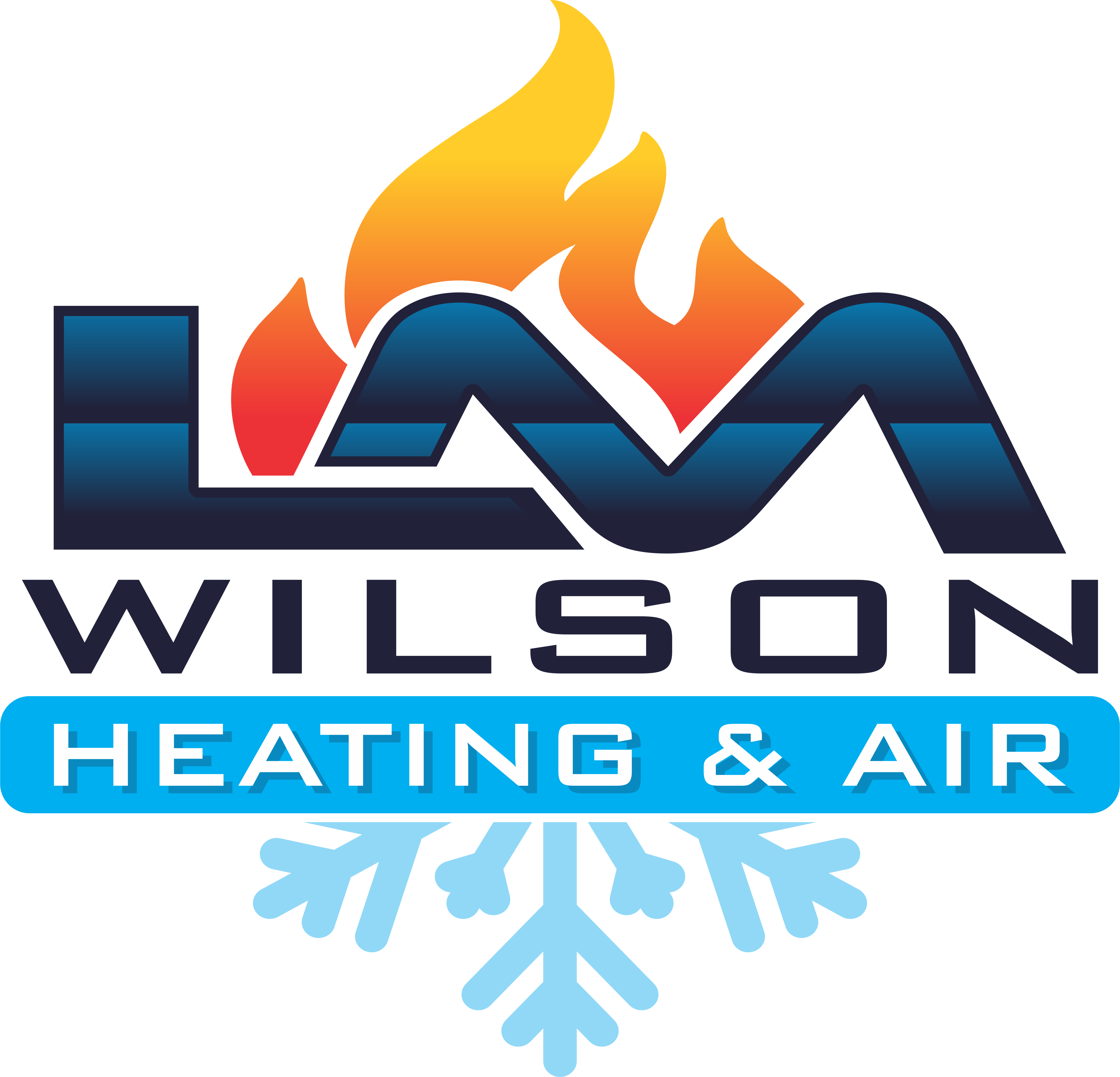When it comes to your family’s safety, the answer is of course yes! You should always have carbon monoxide detectors in your home, and depending on the size of your home, you may want to consider a few. You should have a detector on every floor of your home and throughout larger homes. Carbon monoxide detectors are fairly inexpensive, they can be plugged in or mounted to the wall, and should last between five and seven years.
What Is Carbon Monoxide Poisoning?
Carbon monoxide, also known as the “silent killer”, is an odorless, colorless, and tasteless gas that can potentially you. Symptoms of carbon monoxide poisoning may include: a dull headache, weakness, dizziness, nausea or vomiting, shortness of breath, confusion, blurred vision, and loss of consciousness. Physical symptoms are your only warning sign of carbon monoxide poisoning in your home. You may become incapacitated before you even realize what is happening. It is a scary possibility and one that is entirely preventable. Carbon monoxide detectors alert you to the presence of carbon monoxide before it’s too late.
How Does CO get in my Burlington, NC Home?
So where does CO come from? There are several ways carbon monoxide can show up in your home. Carbon monoxide is created whenever fuels (such as gasoline, wood, coal, natural gas, propane, oil, and methane) are burned incompletely. Anything used in the home that burns these fuels has the potential to cause carbon monoxide to enter into your home.
Generators used too close to the home, in the garage, or near an open window or vents are a common cause of carbon monoxide poisoning. Cars running in the garage are another potential source.
Are there things to worry about inside your home? Unfortunately, heating appliances can be the source of a carbon monoxide poisoning and must be ventilated properly. Furnaces, water heaters, and fireplaces all burn fossil fuels and are potentially dangerous.
Furnaces may be a potential source of carbon monoxide when the heat exchanger cracks. The cracked heat exchanger may release carbon monoxide into the air circulated through the vents in your home. A certified HVAC technician at LM Wilson Heating & Air should check your furnace once a year.
Now That You’ve Read the Long Answer, What Should You Do For Your Family?
Purchase carbon monoxide detectors for every floor and install one outside each sleeping area. Make sure heat sources are properly ventilated and stick to a regular maintenance plan for your furnace.
If your carbon monoxide detector’s alarm sounds, it’s best for you and your family to leave the home. Contact your local fire department and your the experts at LM Wilson. Trained professionals can help you determine the severity of the problem.
Options for Your Home
There are many choices for carbon monoxide detectors for your home. Many can be purchased online or at your local home improvement retailer. Your local Burlington area contractor, LM Wilson Heating & Air can make recommendations and answer any questions you may have. Please contact us for more details. Click here to request an online estimate, or click here to schedule your service entirely online today!

